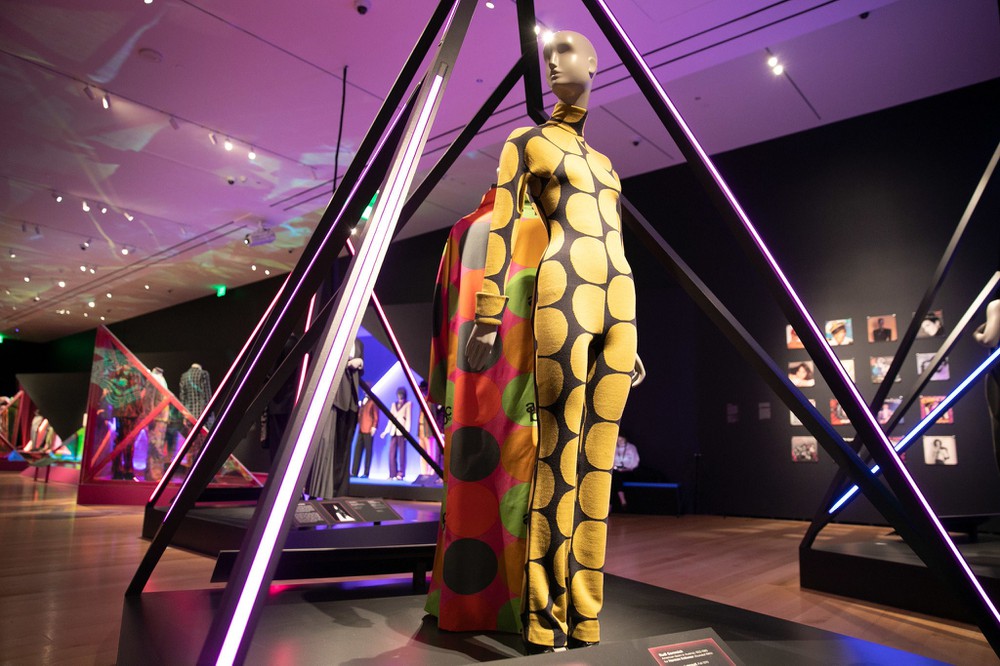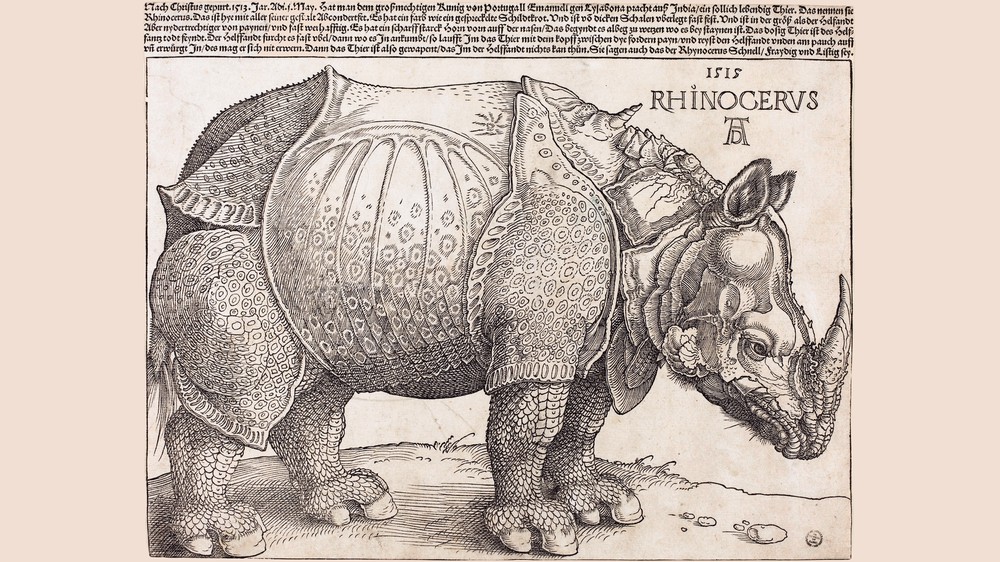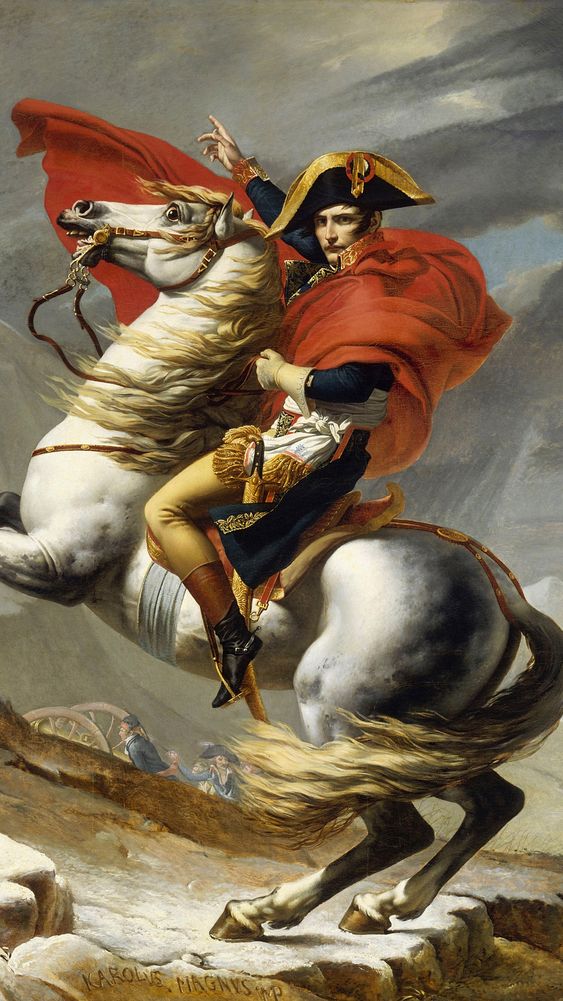
Umberto Boccioni
Umberto Boccioni was a central figure of Italian Futurism. A painter, sculpture and theorist, he spent his early years experimenting with Impressionism and Post-Impressionism, before studying Divisionism under Giovanni Balla between 1898-1902. He settled in Milan in 1907, while working as a commercial illustrator – the same year that Marinetti published the Futurist Manifesto, which focused on the dynamism and violence of modernity. Having joined the movement in 1909, Boccioni became their most important thinker – helping craft both the Futurist painting and sculpture manifestos (1910/12). They were concerned with the symbolic depiction of modern technology, speed and power. Central to this goal was the rendering of time and movement. Boccioni sought to capture the ‘force lines’ that he believed emanated from objects – perhaps best expressed in his most famous work, Unique Forms of Continuity in Space (1913). It also reflected Boccioni’s interest in Cubism. Having volunteered for the Italian army, he died from an accident in 1916, aged 33.
Editorial (1)

Blurring Binaries, Fascist Art, the Hiscox Report & More
Each week, we scour the internet for the most significant, surprising, and outrageous art news—helping you stay informed (an…
Playlists (11)



Brutes and Beasts



The Twilight Zone
Related artists

Kazimir Malevich
Russian, 1878–1935
William Glackens
American, 1870–1938